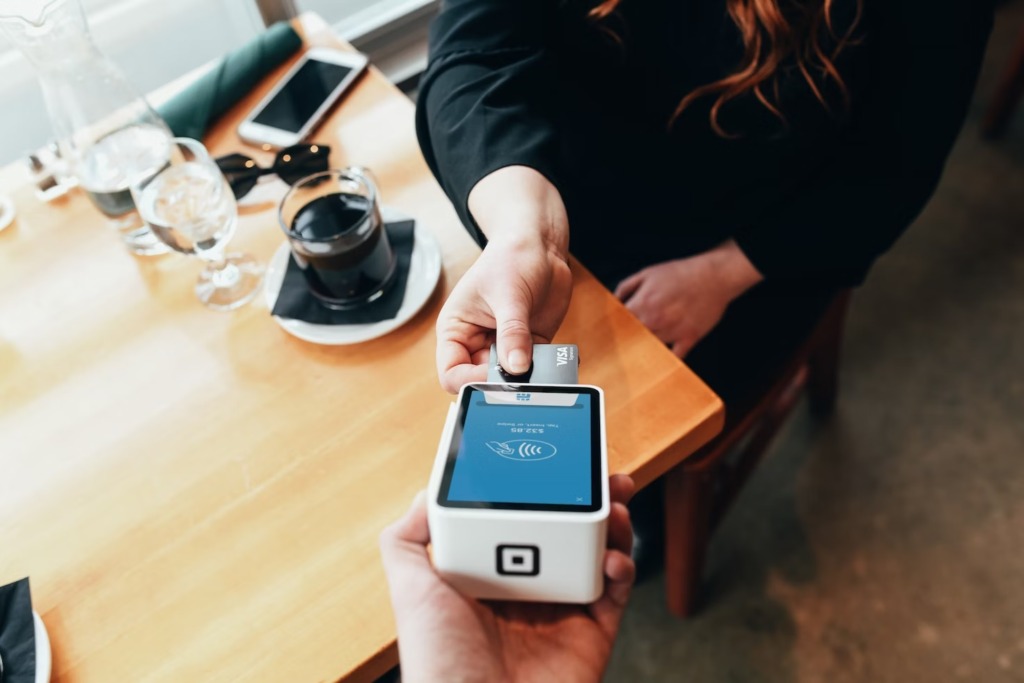Technology has given sellers so many ways to connect with buyers, yet prospecting is only getting more difficult. Why?
The answer is that technology has also given buyers more independence. It’s easier than ever for buyers to evaluate purchasing decisions independent of sellers. This means that by the time the seller has their attention, the buyers already have a fixed idea of what they need.
This is not just a problem for the sellers, it’s also a problem for buyers. Consider research from McKinsey that shows fewer than one-third of companies that pursue a transformation of some kind are successful. These numbers suggest that companies might have more success if they partner with the kind of seller who can help them surface underlying challenges and identify the best solution.
The challenge for sellers is to demonstrate their ability to do so during prospecting. This approach puts the seller in the picture early. Making this work means developing a set of prospecting skills designed to work in a setting of limitless information. If a seller can cut through this noise, they can get the buyer’s attention early.
Here we offer four principles for doing exactly that.
Build Incremental Value
Incremental value creation – sometimes called “bread crumbing” – is the idea of repeatedly offering insights and information to potential customers. This approach works for several reasons.
First, bread crumbing allows a prospect to gradually absorb the content. This is important because the prospect is busy. Moreover, the insights the seller shares might contrast the status quo. Therefore, it’s best to offer new ideas and new solutions in a gradual way. It’s important that sellers don’t underestimate the power of the status quo or “active inertia,” which is the tendency to apply outdated strategies to new problems.
Second, incremental value creation is an effective way to build credibility because it doesn’t ask the prospect to accept every aspect of the solution at once. Instead, the seller offers one insight or piece of information that both underpins the value of the solution and has some relevance to the prospect.
Third, this approach demonstrates the seller’s consistency and determination to invest and reinvest in the relationship over the long term. This is important because the prospect will form an opinion about the seller before they form an opinion about the solution.
Engage the Law of Reciprocity
Reciprocity in sales is the idea that when a person offers something of value, the other feels compelled to eventually offer something in return even if it’s just a conversation. Making this work means offering the prospect something of value – a piece of timely market research that has relevance to their industry or thought leadership with actionable takeaways. – without asking for anything in return.
The key is to offer something that is highly relevant to the prospect. The more practical it is the better. The sales professional should refrain from offering insights that only connect to the value proposition of the solution.
This makes for a good start to the relationship because it is not transactional. Reciprocity encourages the prospect to see the seller as a resource and perhaps even a trusted advisor. It is much easier for a prospect to quickly see the value of an insight than it is for them to see the value of a complex solution.
Challenge the “Numbers Game” Mindset
The more customized the prospecting approach is the more effective it will be. The problem is that this fact runs counter to so many traditional approaches that aim to cast the widest possible net. Generalized messaging doesn’t work in a setting where each prospect faces a unique set of challenges. In fact, this encourages prospects to view the sales professional and the solution as a commodity.
Therefore, sellers need to consider which accounts offer the greatest alignment. That is, sellers must understand where their solution can offer the most meaningful value. To answer this question, account managers need to know which category each opportunity belongs to. Those categories are “investment,” “strategic,” “time-bandit,” and “quicksand.”
An “investment” opportunity is a prospect that stands to benefit from the solution but is a low-value deal for the selling organization. While the initial value might be low for the seller their maybe greater white space opportunities within the prospect’s business later.
“Strategic” accounts are those that can benefit greatly from the solution while also representing meaningful economic value to the sales organization. These are the most valuable prospects.
“Quicksand” opportunities should be avoided because while they may look rewarding, they are unlikely to result in a sale because the solution is a not a match for the customer.
Lastly, “time-bandits” are prospects that are of low strategic value to the sales organization. Despite their low value, they still require considerable work to close causing sellers to churn through resources.
Sellers must determine which category best describes a prospect and pursue only those that are an investment or a strategic win.
Draft a More Organized Message
Customers have been conditioned to ignore prospecting emails. Therefore, the seller’s challenge is to draft a message that is powerful enough to break through the customer’s filter by speaking directly to the reader. Doing so means sharing relevant ideas with succinct language. Putting this approach into practice means doing three things.
First, the seller must put the most compelling idea first. Doing so means speaking to the specifics of the prospect’s world. For example, the seller might use the first sentence to clearly identify a problem in the customer’s setting. This proves that the seller understands the prospect’s needs. Or the seller might use the first sentence to define a developing trend in the customer’s environment.
Second, the message should offer good form and content. Content is what you say. Form is how you say it. Effective writers consider both every time they draft a text. As a result, their writing shares a compelling idea – the content – through the use of simple sentences – the form. Good form recognizes that reading takes effort. When the writing is simple less is asked of the reader. As a result, the reader is more likely to reach the end of the piece. The content of the writing is the sales professional’s opportunity to demonstrate their deep understanding of the customer’s needs. Doing so means answering the question, “so what” by explaining how the solution and partnership serves their goals and adds value.
Third, the conclusion must answer the question, “if the reader only comes away with one idea what should it be?” It is likely that the reader’s memory, at best, will only accommodate one concept from the piece. This single idea must be clear in the conclusion because it is the last thing the reader will see. For readers in a rush, it is the only thing they will see.
Getting the prospect’s attention means taking a more strategic approach. Sellers who are prepared to adopt these four principles will win because this approach addresses the most current challenges in prospecting today.






